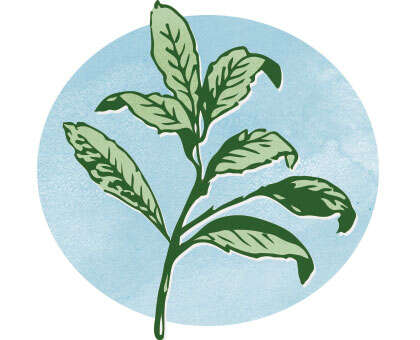Ma Tou Rou Gui
Ma Tou Rou Gui

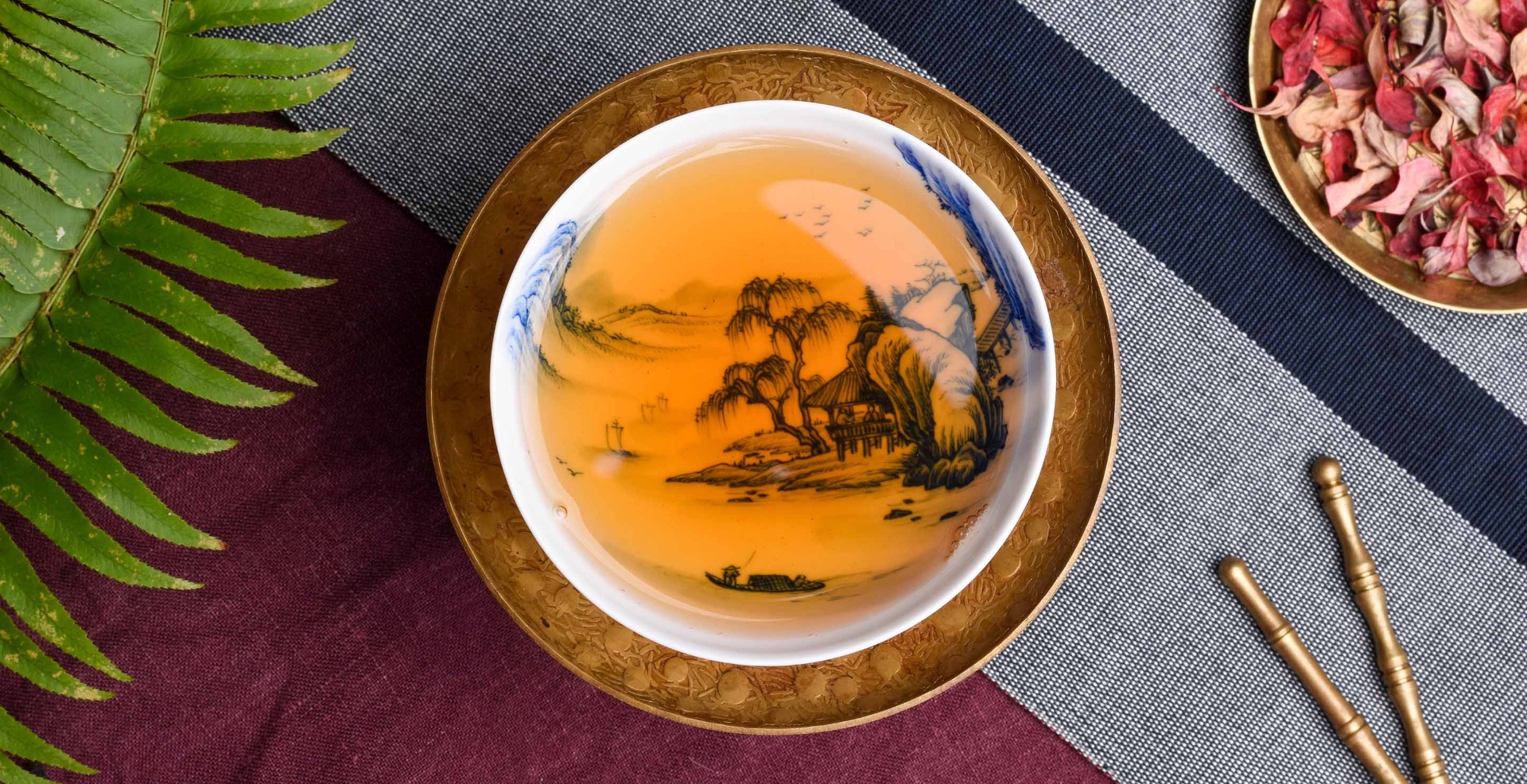

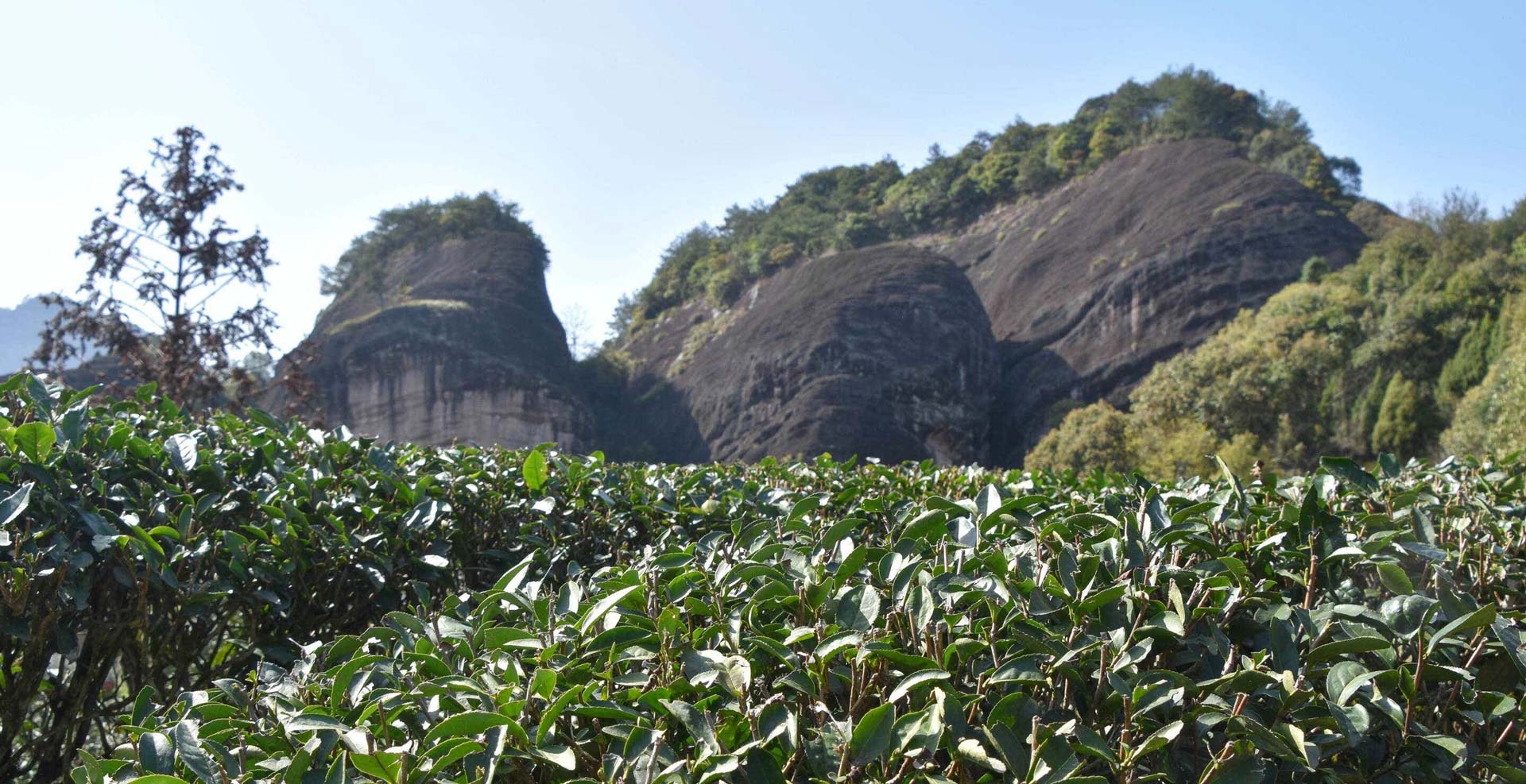

- DATE OF PICKINGSpring 2021
- Ma Tou YanWuyishan, Fujian
- ELEVATION1000 METERS
- Rou GuiTea Varietal
- DATE OF PICKINGSpring 2021
What is Ma Tou Rou Gui?
Ma Tou Rou Gui is currently one of the most sought after Wuyi Oolongs in China. The iconic “Horse Head” rock formation marks a small valley microclimate that has become known as one of the finest in all of Wuyi.
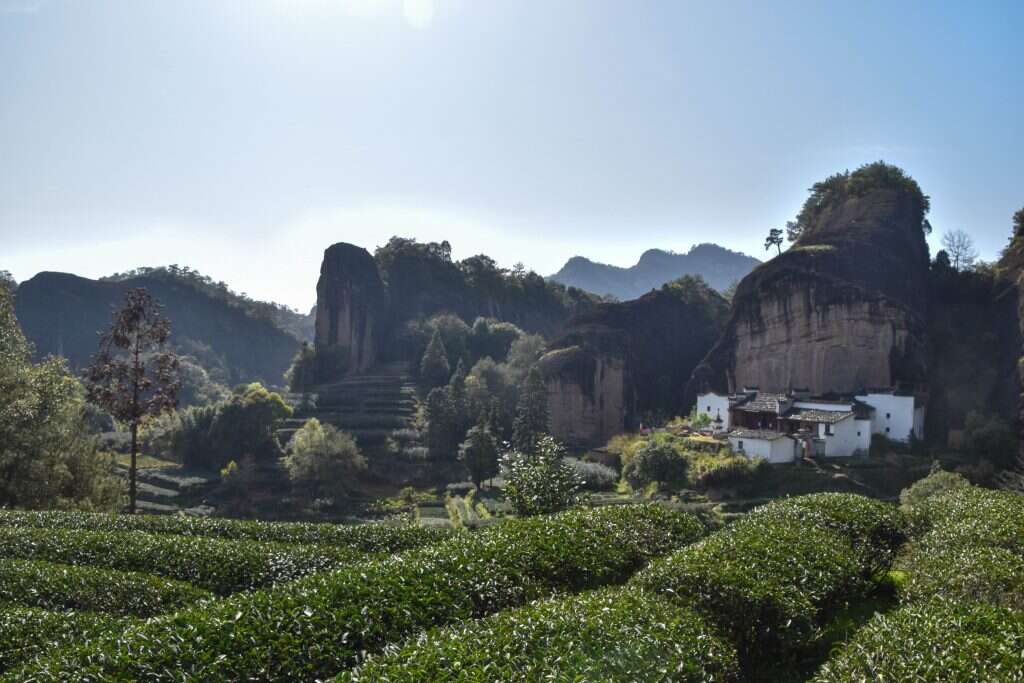

This region encompasses less than a dozen acres of actual tea fields, and the highest level Rou Gui from Ma Tou sells for hundreds of dollars for just a few ounces. It is often faked in tea markets across China, but its distinctive intense yun sensation makes it easy to spot. The tingling cooling quality of this tea seep into the tongue after only a few sips and grow in intensity over each steeping.
Li Xiangxi’s mother in law has a small plot of land nestled in the Ma Tou valley, and this year due to the Li Family’s technical renown, she entrusted the roasting of her harvest to Li Xiangxi and her brother.
Li Xiangxi shared a half kilo of this harvest with us . We are excited to be able to share this limited offering, and for the opportunity ourselves to taste Ma Tou Rou Gui. Even within the tiny region different elevations, tree ages and growing orientations can influence wild price fluctuations, so we are lucky that the family plot is in a more affordable spot within Ma Tou otherwise we likely wouldn’t even have the opportunity to taste this tea, let alone share a half kilo.
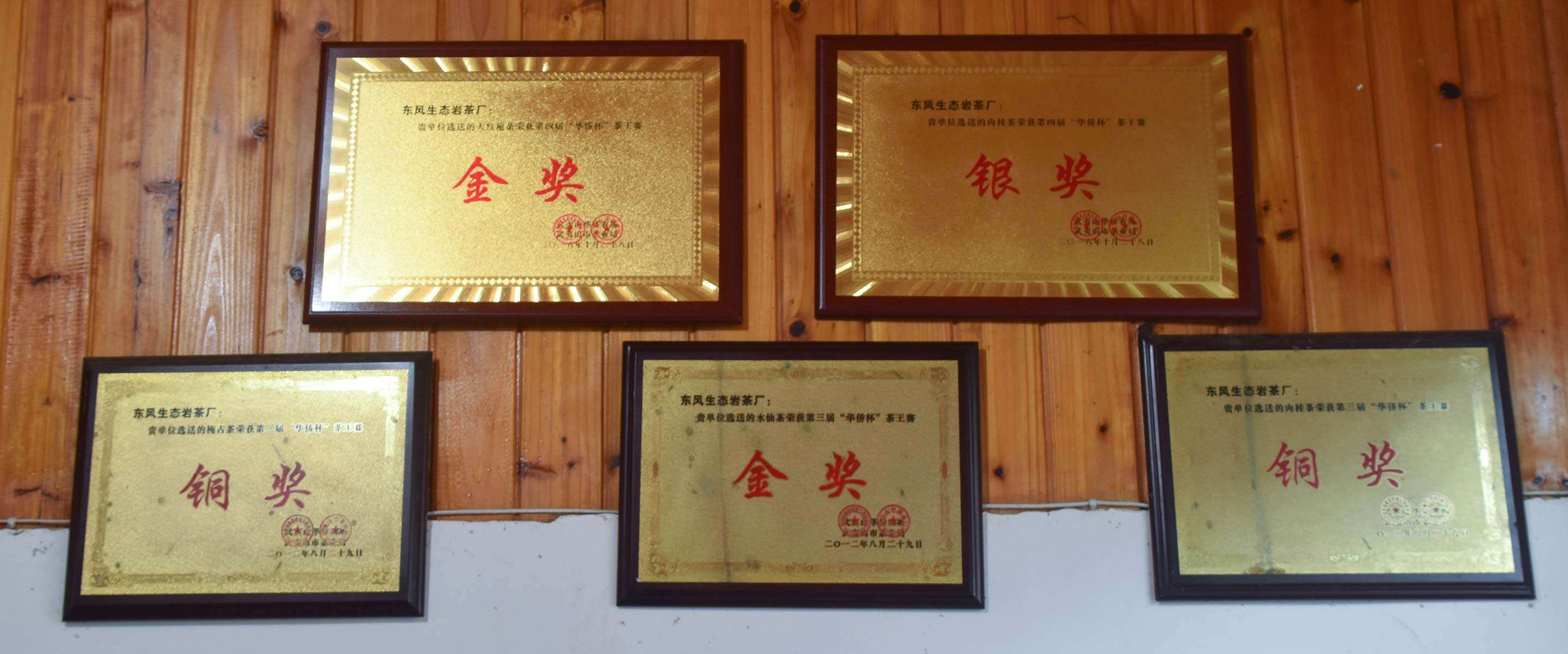

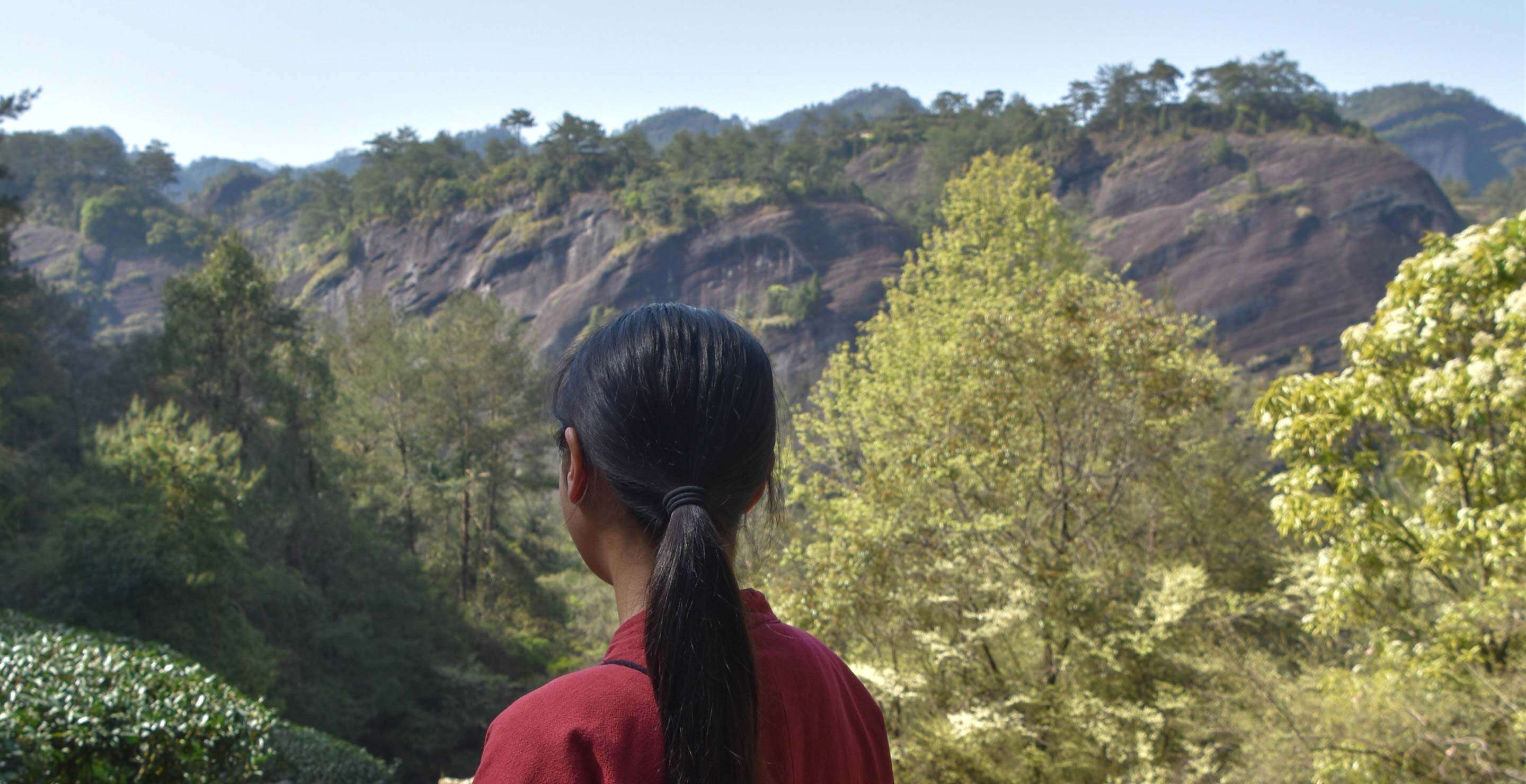

Li Xiangxi took us to Ma Tou to show off where this unique tea comes from and what makes it special.
She explained to us,“The rock formations up here have broken down into a perfect sandy rocky mix full of minerals for the tea. The minerals make it sweet. These tea trees have grown up on this water. This rocky mineral base is enriched with volcanic ash from ancient eruptions for a perfect tea growing soil.”
“Why is spring water sweet? Because of the minerals in the water.”
Pine trees were nestled between rows of tea bushes, all perched between mountain crests and sheer rock faces.
“All the trees retain the sweet water on the hillsides. They take up the water when it rains and seep it back out as it becomes dry The sand and the trees filter the water making it perfect for tea. The leaves from the trees become natural nutrients for the tea.”
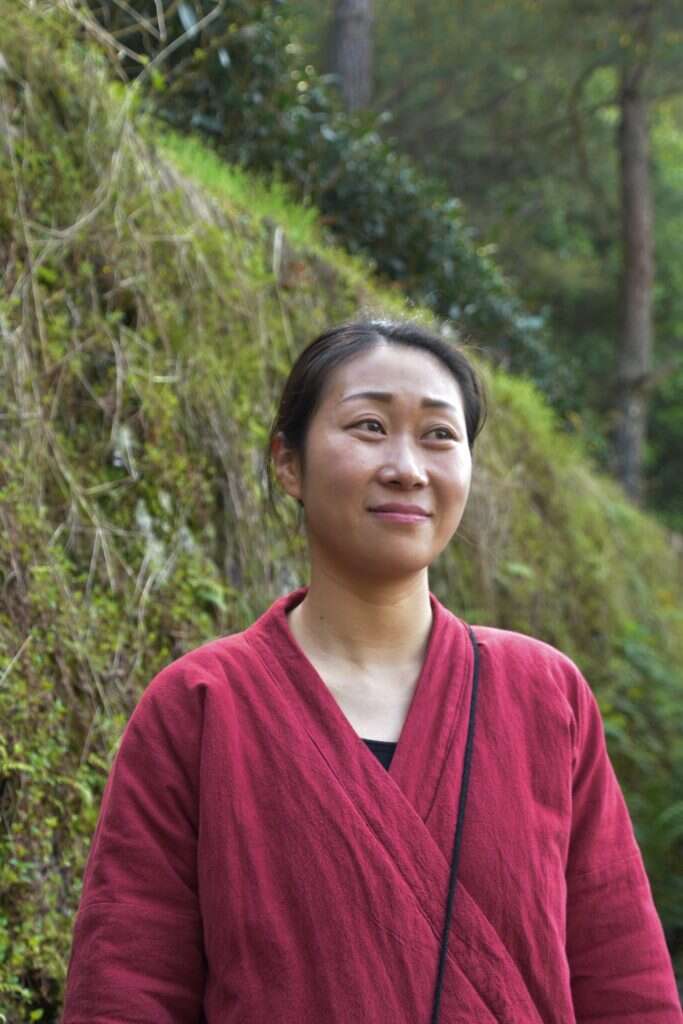



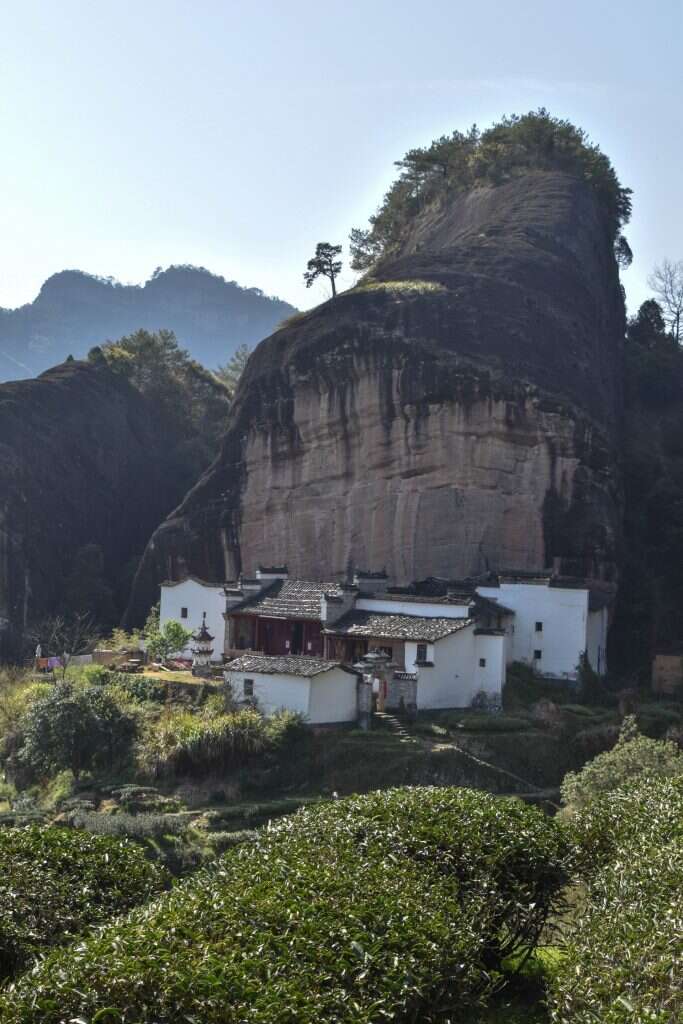

As we hiked, Li Xiangxi continued.
“The mountain’s angle here protects the tea from too much direct sunlight. The tea gets just the perfect amount in the valley between slopes. So we leave the trees, since they retain the soil, filter the water and control the sunlight. The trees also provide an environment for the birds, and the birds eat insects, protecting the tea”
We walked over a rise and the dramatic Horse Head rock formation revealed itself. Among the terraced tea fields was a single temple.
“The rock formation here looks like a horse’s head, so we call it Ma Tou Yan. Ma Tou Rou Gui has an intense fragrance- look! There is a wild tea bush growing on the side of the road. Do you see it? There is the horse head formation. Three horses all together”
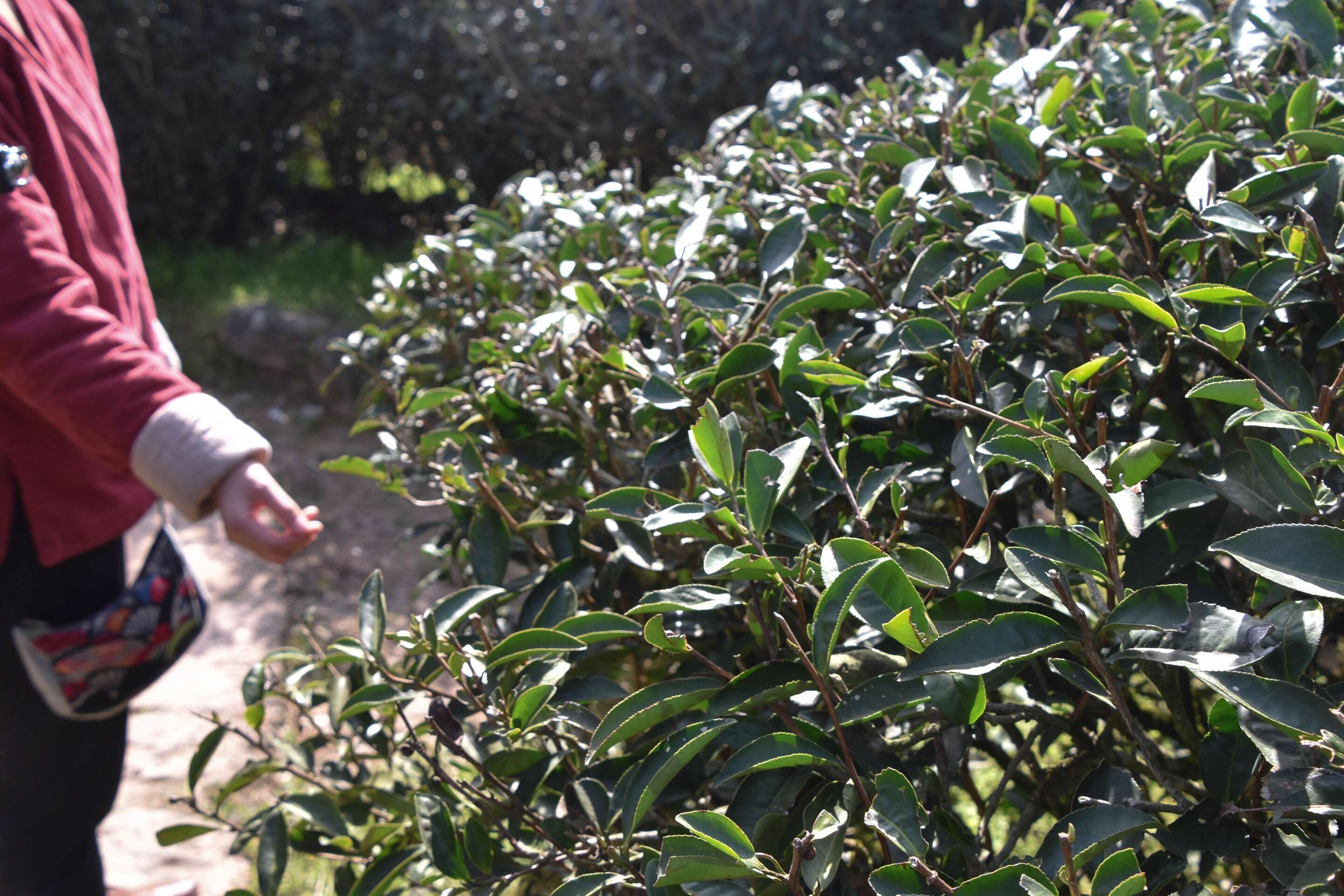

Indeed, the micro-climate here seems perfect for tea: trees, controlled sunlight, and perfect soil.
After seeing Ma Tou it was much easier to understand why the tea yielded such an intense texture. The minerals and the slow growth from controlled sunlight were a perfect recipe for a tea that has gained fame across China.
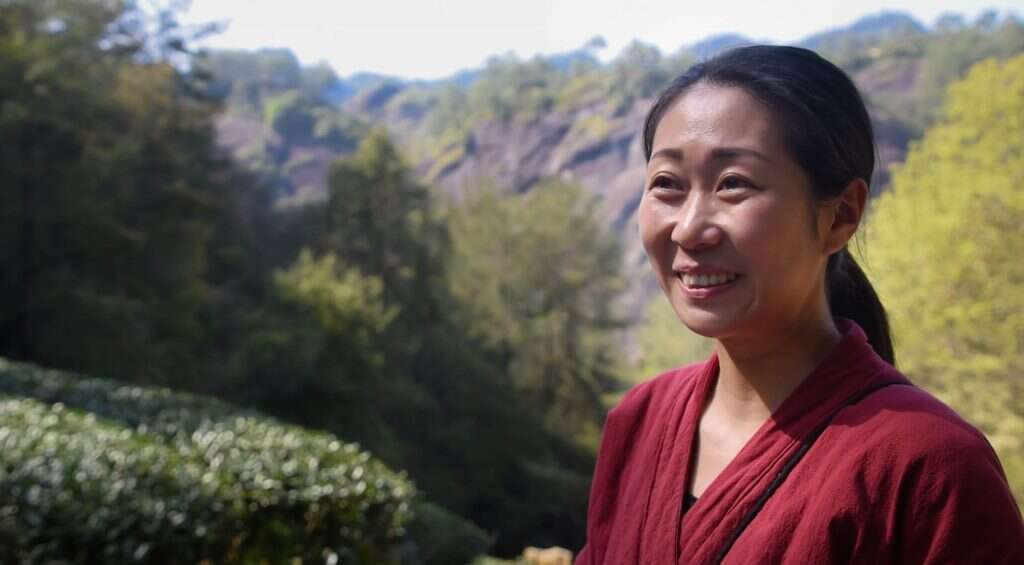

The trip was a reminder that it isn’t just a region like Wuyi or Anxi that defines a tea.
It is the specific valley or mountain slope, the hours of sunlight, the proximity of other plants and birds, and of course – the technical expertise applied to both cultivation and processing.
So much has to come together for perfect tea. We are constantly humbled and reminded to enjoy every sip.
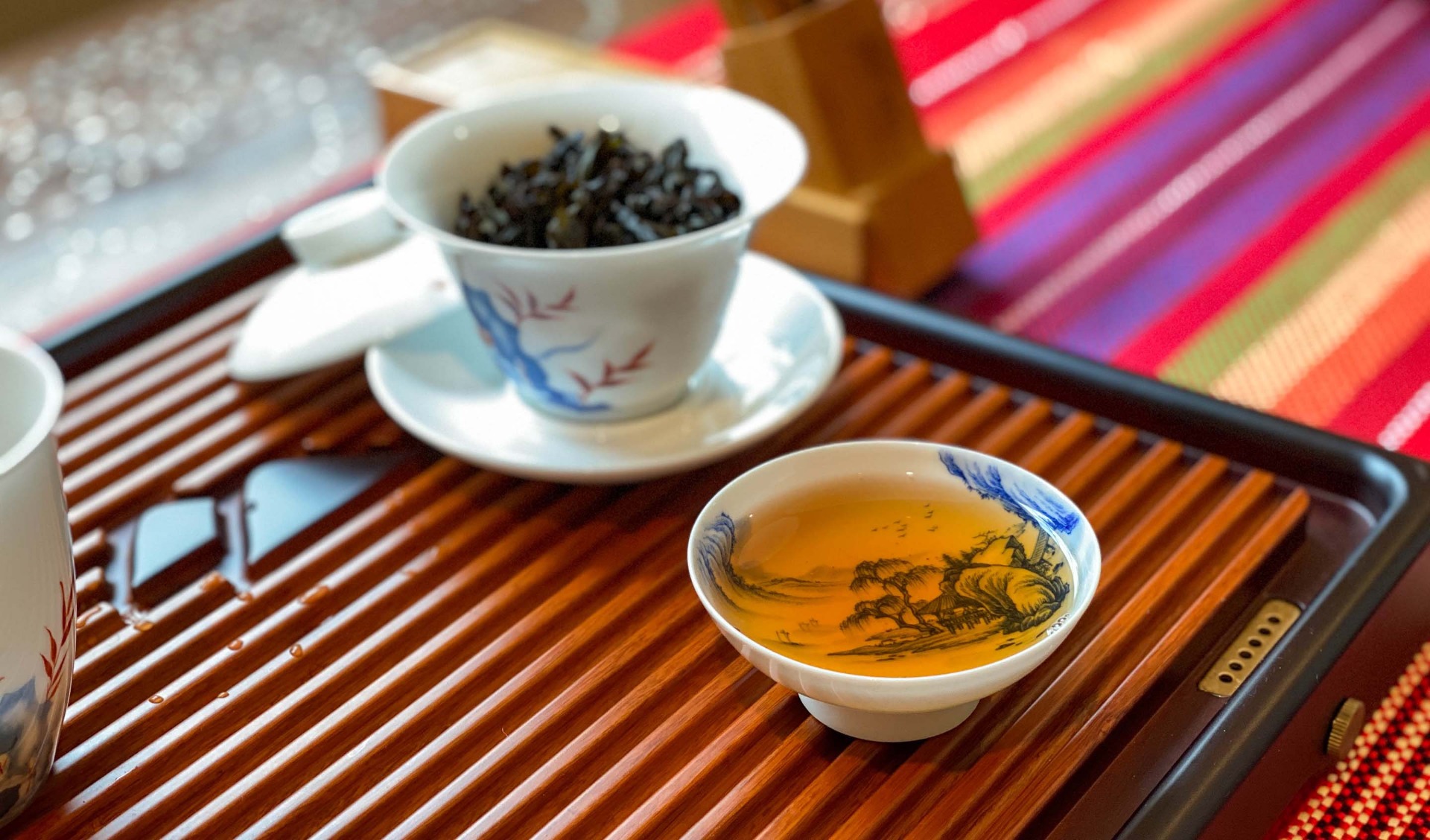

So, what does it actually taste like?
This year’s harvest smells of deep caramel-laden dessert, with the wet leaves showing off the dark firing, and salty undertones that become cooling and tingling on the chest, like cinnamon caramel sliding into camphor.
The first sips are so big and powerful, with such a deep roast that you can really taste the craft, the firing work and the intense rocky quality. The tea picks up such thick volcanic rock from the Ma Tou terroir it is almost crunchy. As the minerality builds up, sweet aromatic citrus zest comes in lingering on the sides of the palate.
Later steepings have an almost sparkling quality and cozy depth that wraps you up. Vanilla creaminess comes in, but the chest is still cooling, ringing and mouth-watering in the building sweetness.
As the tea steeps out it leaves a tingling on the palate, and reminds us of our own time in Ma Tou, a sweet aftertaste reminiscent of mountain mist, and an intensity that evokes the volcanic rock.


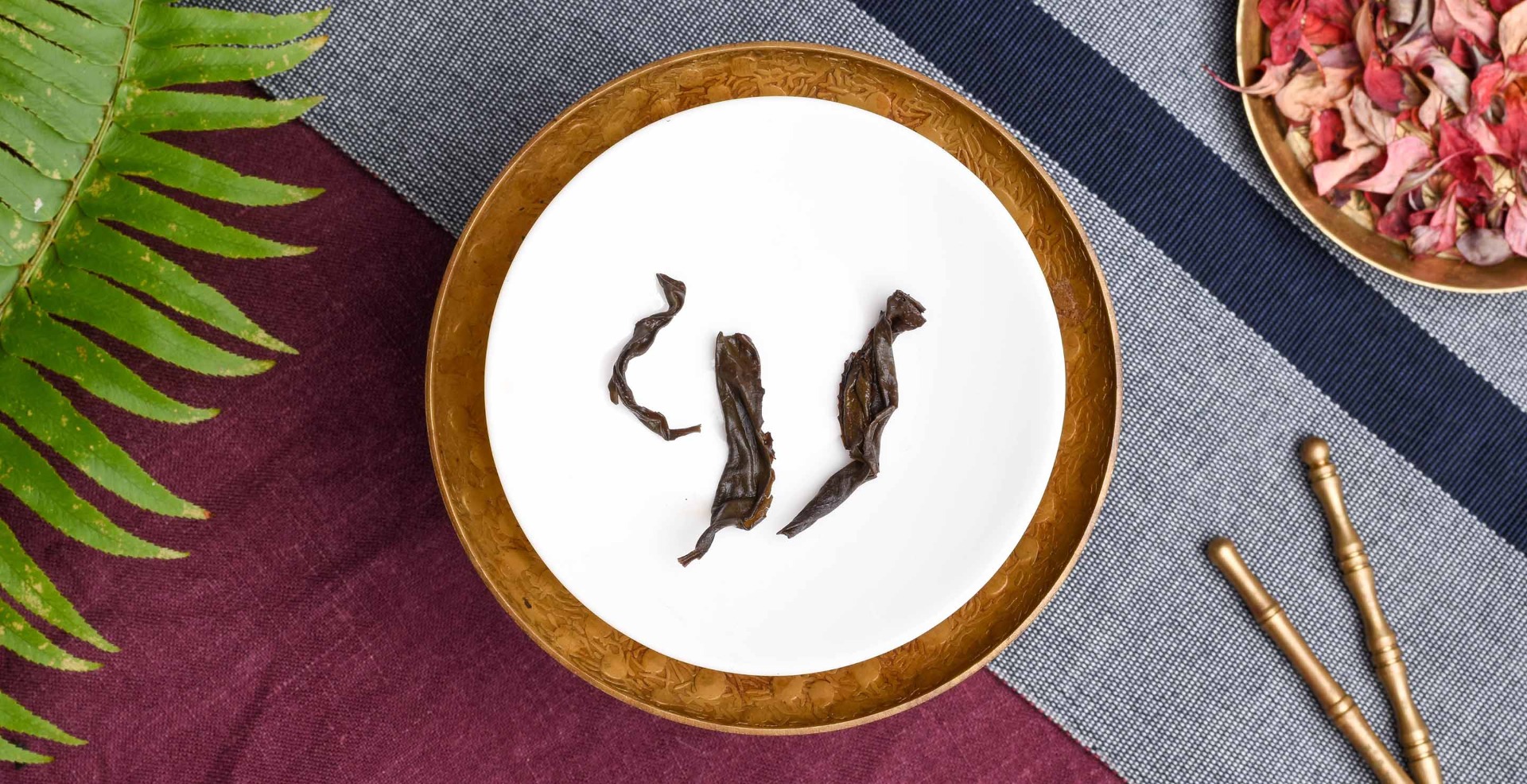


 Oolong Tea
Oolong Tea Li Xiangxi – Wuyishan
Li Xiangxi – Wuyishan




